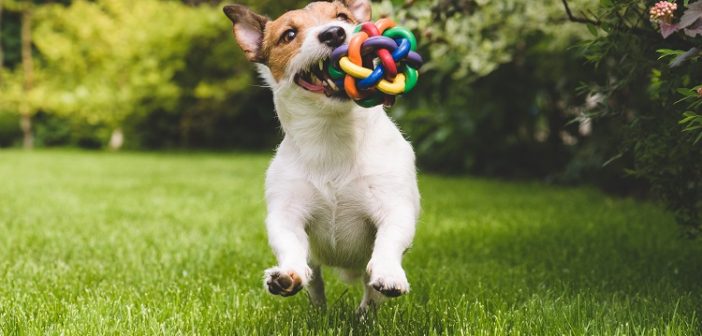When you adopt a puppy, it is important to begin their training on day one. Including training him or her to love and accept a crate is part of a dog’s life.
Puppies and dogs of all ages really do like crates, no matter what you may think. It is a “cave mentality” and also a safe place for them to regroup. For this reason, you must make their crate a comfortable, safe place and never use it as punishment.
A crate should be used for sleeping and for when you are out of the house or simply can’t watch your dog. Like children, puppies and dogs need constant supervision.
Begin your crate training with a search for the right size kennel at Pet Crates Direct. There is a large selection of every style and size to accommodate every size and type of pup.
Here are 5 things to think about when crate-training your pet.
- Size
The size of your dog is important when choosing the proper kennel. Even if your puppy is small right now, it will grow. You will need to purchase a kennel that will be the right size when your doggie is fully grown.
You can purchase additional dividers to make the inside of the crate smaller until your dog is fully grown. A less expensive way to make a smaller space is to use cardboard boxes or a piece of pegboard to barricade part of the crate.
- Materials
The material the crate is made of being vital to the breed of your dog. If you have a smaller dog that is not going to get very big and is not known for chewing, a soft-sided kennel is ideal. Soft-sided crates are made of heavy, stiff fabric or a combination of plastic and vinyl.
Anxious, bigger dogs, and those known for escaping and chewing should be crated in a kennel made of metal.
- Location, Location, Location
Always place your dog’s crate in a quiet location. But do not put it near a drafty door or window. Your pup needs to be comfortable when he or she is in their kennel. It is their bedroom and rest area.
Placing the crate in a spare bedroom or quiet sunroom away from heavy traffic is ideal. In the beginning, you may want to leave a radio with soft music to help soothe your puppy.
- Comfort
Use blankets and sheets without any decorative buttons or zippers on the bottom of the crate. Do not add pillows as they will be torn apart in moments of boredom. Many people place something they have worn or slept in within the kennel, so the pup feels they are with their master.
Some people use crates as a place to feed their dogs. This is fine; however, it should be a separate kennel located in the kitchen and be without blankets for easy cleaning.
- Training
Be sure you have enough time to devote to crate training. In the beginning, allow the pup to go in and out of the kennel and explore all around it. Throw treats inside and makes a happy game out of going into the crate.
Place a toy inside the crate and close the dog outside for a few minutes. The pup will be curious and want to get to the toy.
Extend the time you leave the puppy inside the crate by a half hour every couple of days. This will help build up his or her tolerance for staying alone in their crate.





Thanks for the tips! I never thought of the toy idea. It’s a fun way to make them want to get into the crate.
I also recommend getting a clip on water dish that can’t be tipped, especially when crating for extended periods of time. A stressed puppy can easily get dehydrated, so it’s safest to have a constant water source available for them.
If we learned that how important is that for the windows that regularly deleting the cookies you can lots of enjoyed with the upcoming version of this function and i have seen lots of new function in this windows.